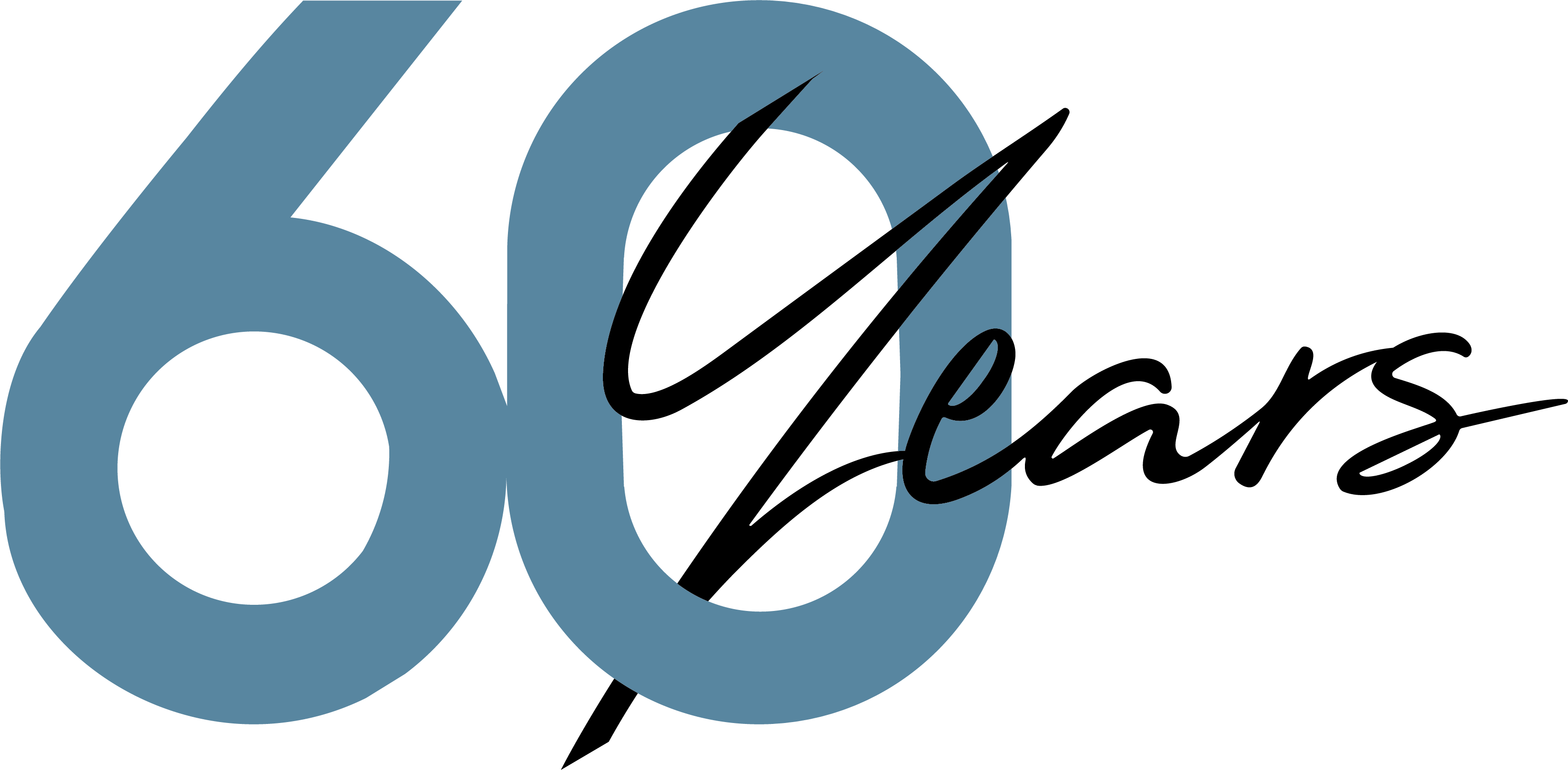Why the industry is walking away from value engineering
Landscape architects and council officers are under constant pressure to deliver more with less. Value engineering promised a solution: save money by substituting “similar” products without reducing scope. But that promise rarely proves true.
The logic is simple: swap out a specified item for something cheaper and pocket the savings. However, cheap products usually use thinner materials, inferior components and finishes, or offshore labour. They cannot withstand the Australian climate and wear and tear in the public realm. The outcome? Premature failures, poor after-sales service, higher maintenance costs, and frustrated communities.
Councils, contractors, and landscape professionals are abandoning the false savings of value engineering. The real cost-financial, environmental, and reputational-is too high to ignore. The money saved on paper evaporates in the real world through constant repairs, early replacements, and reputational damage, quickly dwarfing the original “saving.”
Quality is an environmental investment
The hidden cost of poor-quality products is environmental waste. Products that should last 10-15 years are discarded after just five.
When we buy cheap, we buy landfill.
This is why the fall of value engineering is about more than cost – it’s about sustainability. High-quality, durable products not only reduce maintenance calls but also stay in service longer, thereby cutting down the volume of waste sent to landfills and the emissions associated with manufacturing replacements.
Communities expect better
When products fail early, they take public trust with them. When the community plans a day out in the park for a celebration, only to deal with broken infrastructure, it rightly questions whether rates are being used wisely.
Poor-quality public infrastructure:
– Damages public perception
– Increases safety risk and liability
– Drains maintenance budgets
– Creates unnecessary waste
In contrast, durable materials withstand years of weather, wear, and use, reflecting the professionalism of all stakeholders in design and construction.
The industry is pushing back
Landscape architects carefully select products that are fit for purpose, perform well over time and stay true to their vision long after handover. Council project teams oppose short-sighted substitutions that undermine quality and longevity and burden them with frequent repairs.
This isn’t about selecting the most expensive option. It’s about choosing the right products that have been tested, proven, and capable of lasting the distance.
Reputations are at stake
When a project fails, no one remembers the “saving”. They recognise the rust, the expense, and the inconvenience. The community doesn’t see a tender process. They see a provider who didn’t care enough to get it right.
That’s why professionals are moving on from value engineering. Because it doesn’t just damage the project-it damages your name.
False savings are still a cost
If you’re faced with a substitution request for a product that you know is best-in-class, ask the hard questions:
– How is the substitute product made cheaper – through inferior materials, components, or labour cost?
– How long will the substitute last under public-use conditions?
– What’s its real-world track record?
– How soon will it be replaced, and how much waste will be generated?
– Who’s responsible when it fails – the specifier, the manufacturer, the contractor, or the asset owner?
If the answers don’t hold up, neither will the product.
Building to a better standard
The best public landscapes still look great decades later. They weren’t value engineered into mediocrity. They were built to last – comprehensively specified, carefully delivered, and proudly maintained. That’s the standard we should be aiming for.
Ultimately, the real value lies in longevity, performance, waste reduction, and creating spaces that serve and inspire those who use them. It’s time to leave value engineering behind and build for the future.

